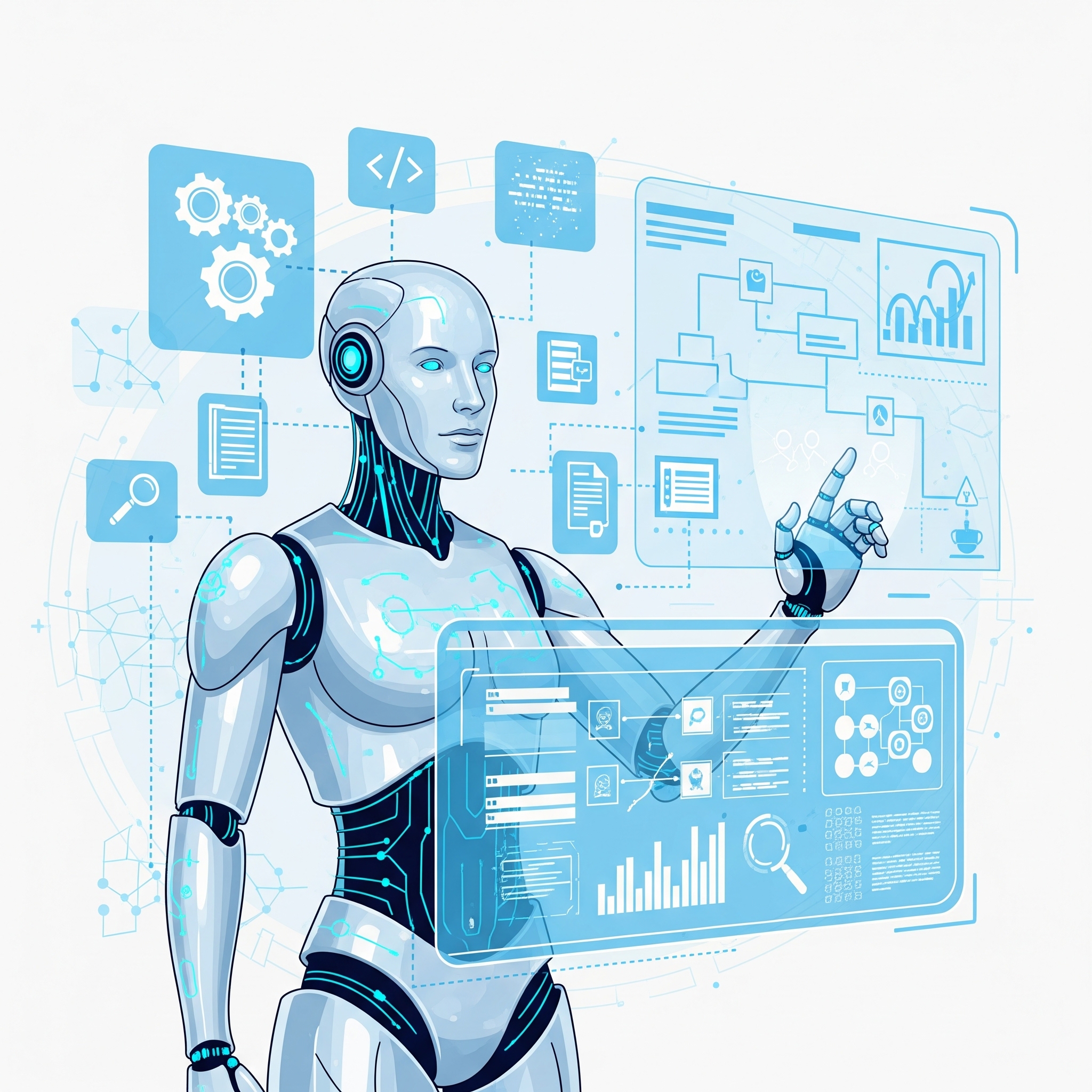How to Build a Really Good AI Agent - Practical Guide
Building effective AI agents is more than just connecting an LLM to a few tools. It's the art of balancing simplicity with functionality while maintaining reliability, security, and efficiency.
What Is a "Good AI Agent"?
A good AI agent is a system that meets six key criteria:
- Effectiveness – performs intended tasks without errors or failures.
- Reliability – handles variable data through validations and fallback mechanisms.
- Efficiency – minimizes LLM calls, operates quickly, saves tokens.
- Transparency – has built-in logging, easy debugging, and readable code.
- Security – operates in a controlled environment (e.g., Docker, import restrictions, sanity checks).
- Flexibility – easily expandable with new tools and functionalities without interfering with core logic.
Simplify Workflow – Less Is More
The most important principle: every LLM call is a cost and potential source of errors. Avoid complex decision chains driven by language models. Focus on well-designed deterministic logic.
Bad Approach:
- Agent calls tool A
- Result analyzed by LLM
- Then tool B
- Analysis by LLM again
Good Approach:
- One endpoint combining functionality of A and B
- Deterministic logic controlling flow
- LLM engaged only where context understanding or natural language processing is truly needed
🧠 Remember: LLMs are great at understanding language and making complex decisions, but they're not reliable for simple logical operations. If you can write something as if-else – do it.
Information Flow Transparency – Clarity Above All
Small differences in prompts can result in completely different agent behavior. Therefore, transparency at every level is crucial.
a) Logging Is Your Best Friend
Log every significant stage of agent operation – not just errors.
def forward(self, message):
print(f"Processing message: {message}") # Debug info
result = self.process(message)
print(f"Result: {result}") # Always log results
return result
b) Clear Input and Output Formatting
Every tool should have a strictly defined input and output format. Leave no room for guesswork. The agent should know exactly what it needs to do and what the expected result looks like.
Utilize Extended Arguments
Don't limit yourself to plain text prompts. Where possible, also pass:
- images,
- audio files,
- configuration dictionaries (
additional_args), - helper objects.
This gives the agent fuller context and enables better decision-making. It also makes testing and tool reuse easier.
Debugging and Monitoring – Foundation of Optimization
A good agent is one you can monitor and test.
What to Monitor:
- Token usage – at both the entire flow level and individual tools.
- Execution traces – mapping the agent's action path.
- Response time – identifying bottlenecks.
- Number of LLM calls – fewer is better (while maintaining effectiveness).
Testing with Stronger Models
Use larger models (e.g., GPT-4, Claude 3 Opus) for testing and refining logic. This helps identify whether errors stem from model limitations or poorly designed flow.
Agent Development Cycle
Creating an AI agent is an iterative process:
- Define the task – clearly specify the problem and expected outcome.
- Design tools – robust, error-resistant, with tests and documentation.
- Compose the whole – connect LLM with tools in a clear, controlled manner.
- Monitor – collect data and track agent behavior in real-time.
- Iterate – test, analyze logs, improve, and deploy enhancements.
